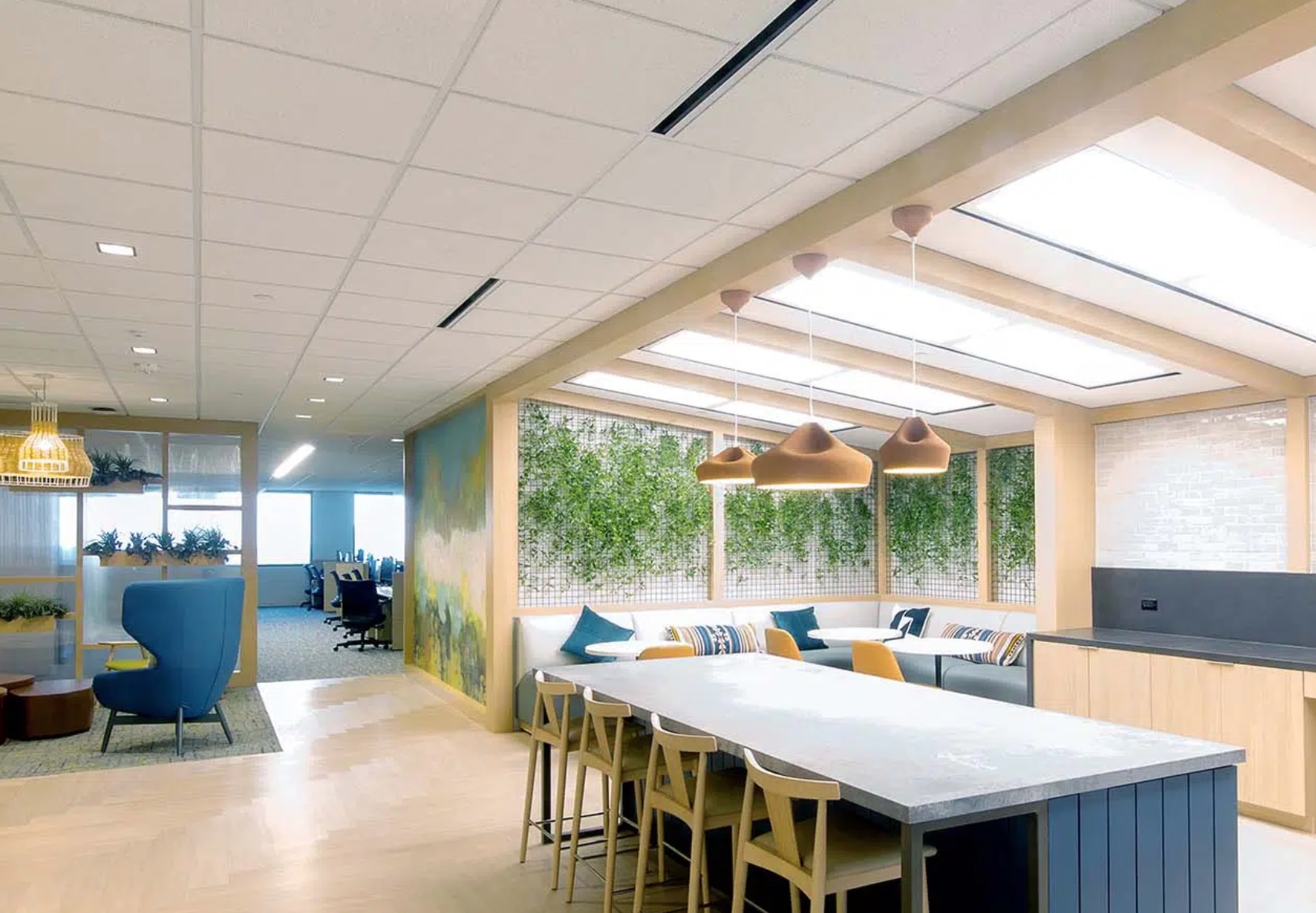
Lightglass Offers an Answer for Windowless Spaces
Nothing’s more depressing than a windowless room. And the thought that those who need sunlight the most (children, hospital patients, trauma victims) may habitually be deprived of it is profoundly unsettling.
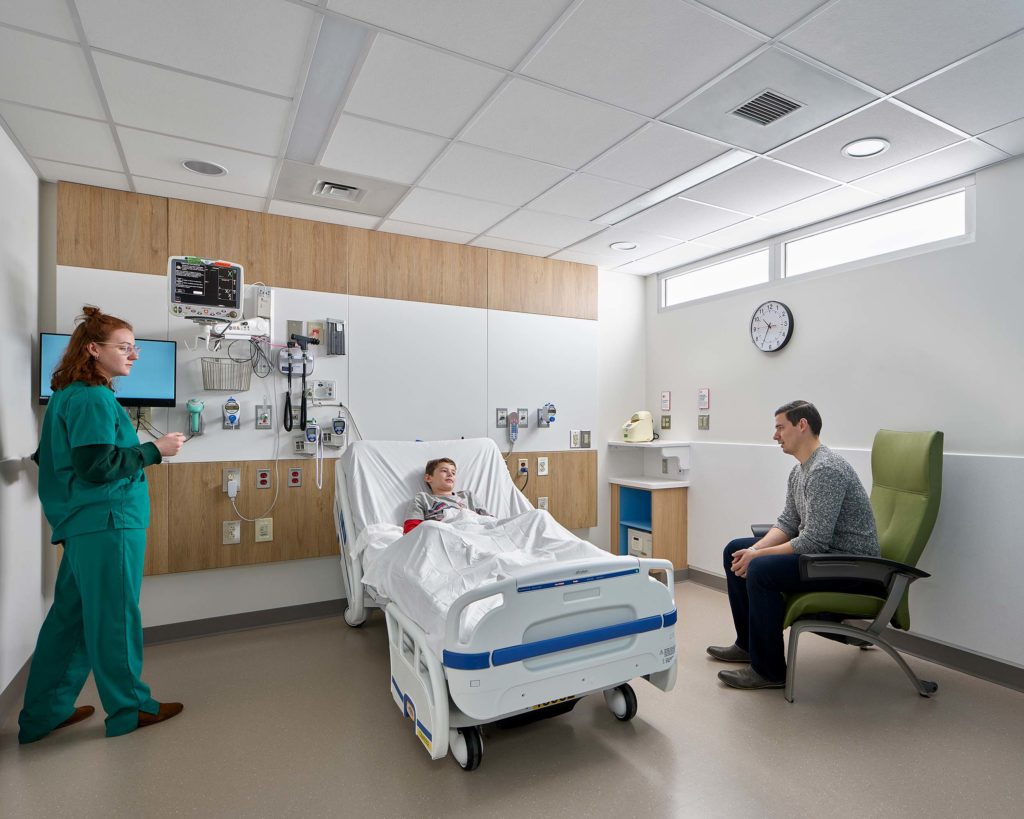
Lightglass module in an exam room at Philadelphia Children’s Hospital
Lightglass doesn’t claim to replace the sun, but they do make a pretty persuasive case for how to brighten up windowless spaces—both from an emotional and physiological perspective.
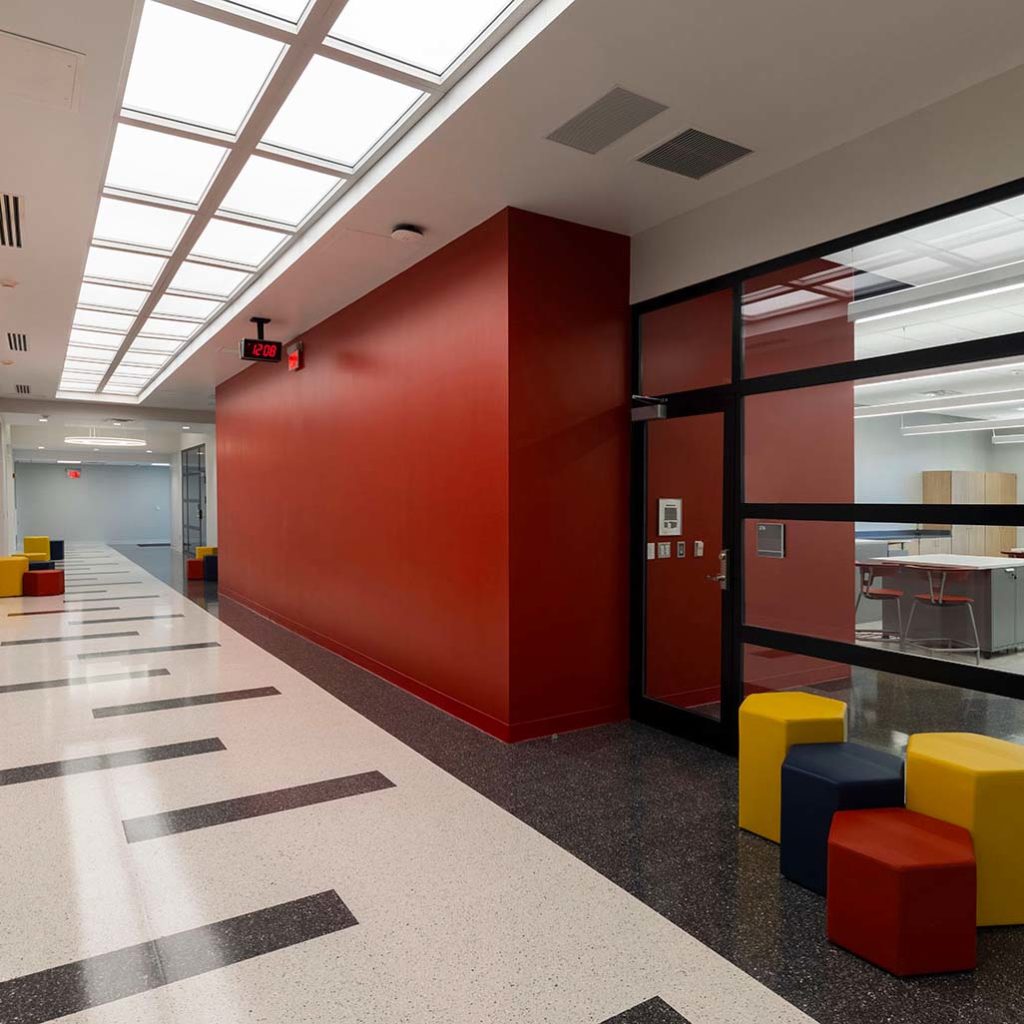
A bank of Lightglass roof windows illuminates a high school hallway.
It’s a simple concept with an on-target execution. The modules are beautiful architectural elements made of aluminum and glass. The integrated LED illumination ranges from 2200-6500 K, simulating the fluctuations in light during a typical cloud-free day, “changing in color and intensity throughout the day, just like sunlight through a real window.”
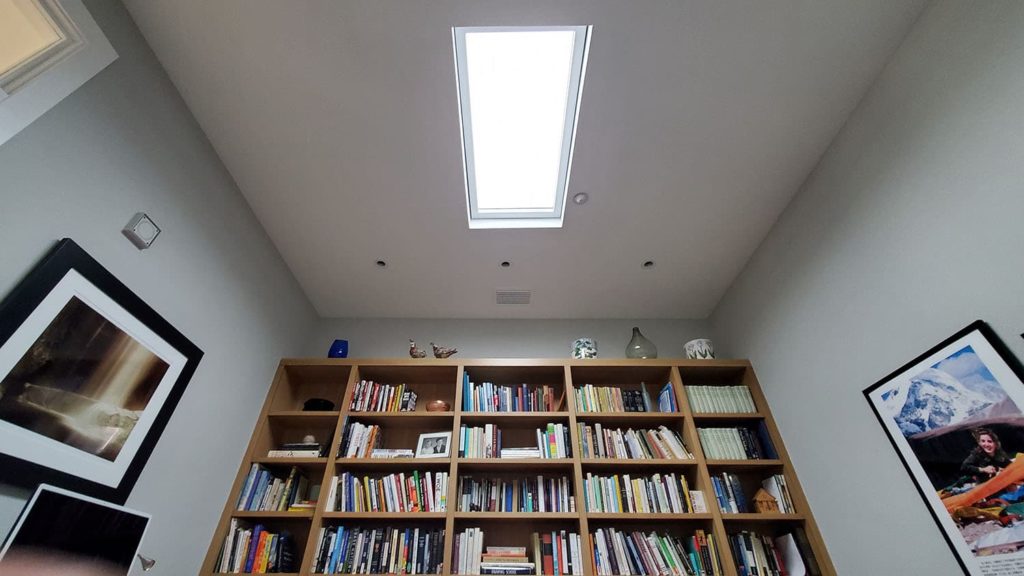
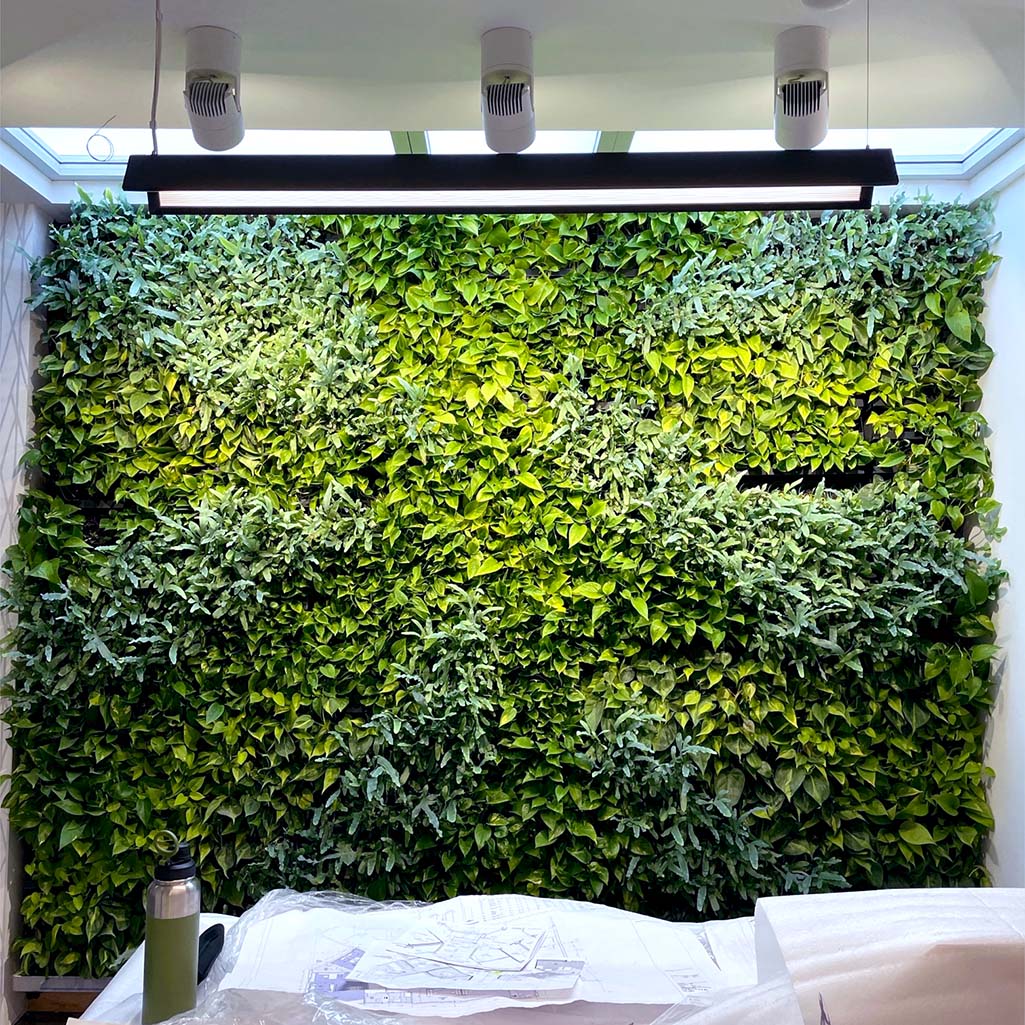
With an increasing amount of research showing that circadian rhythm is crucial to health, Lightglass’ duplication of these subtle changes in the intensity of light can brighten spirits and improve energy, two factors that enhance productivity in a school or office setting, as well as speed healing in healthcare venues.
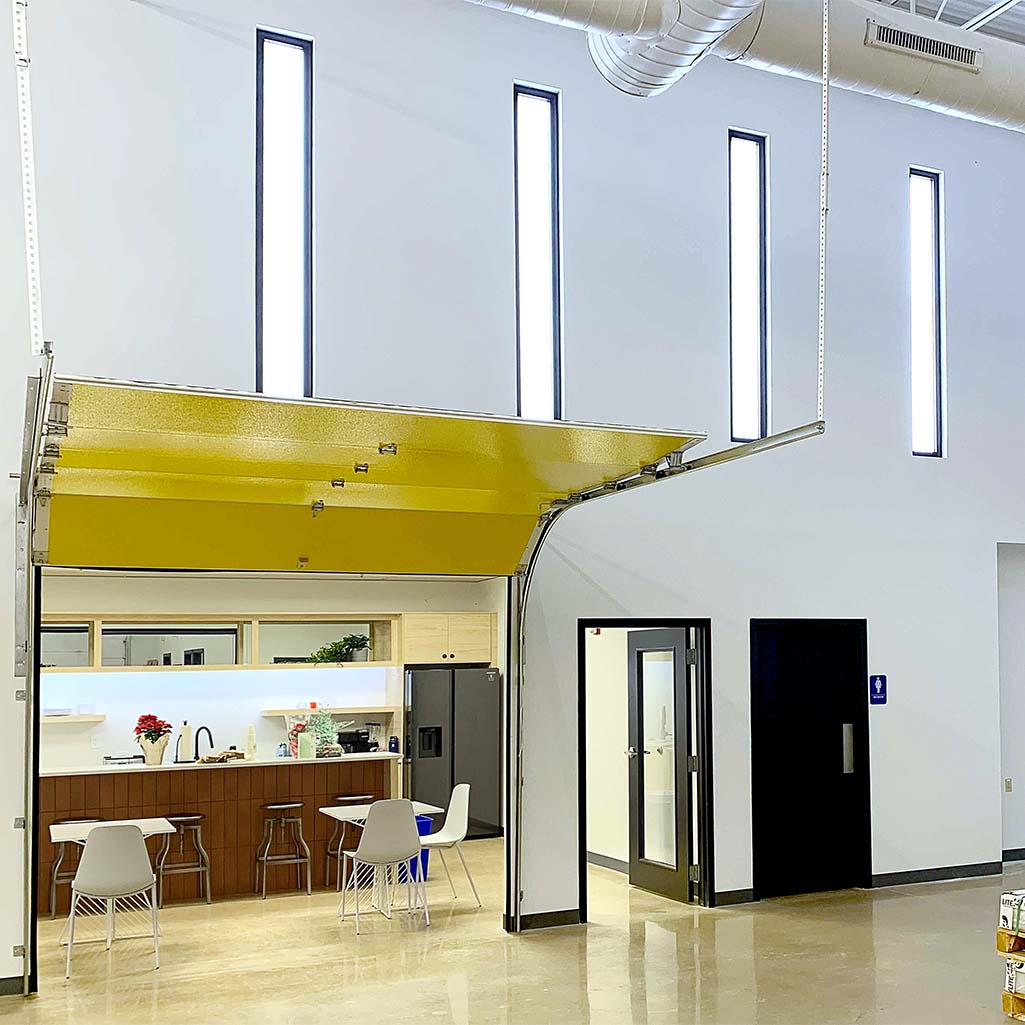
Clerestory modules at the Lightglass headquarters
Lightglass is customizable, with both standalone installations and arrays in a variety of sizes, dimensions, and styles. The units not only incorporate a feeling of the outdoors into indoor spaces, but also contribute to sustainability efforts during manufacture: all products are red-list approved, energy-efficient, and made locally in Lightglass’ Philadelphia factory.
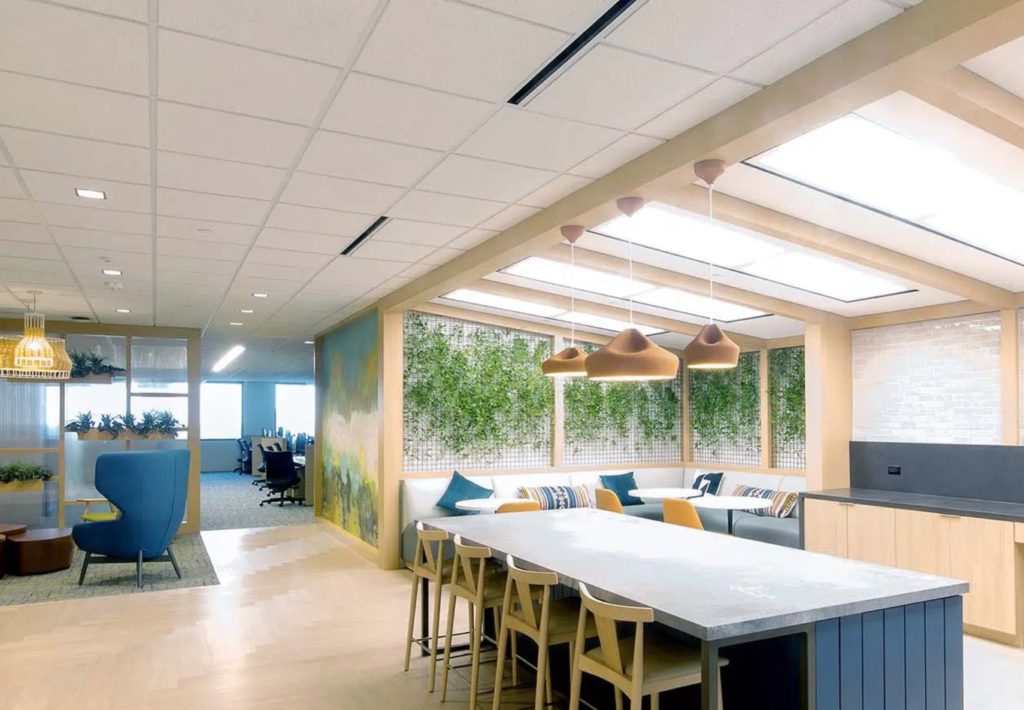
See Lightglass to find out more.
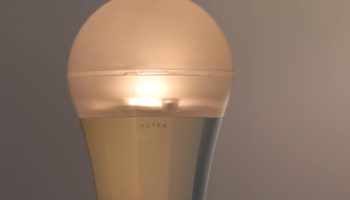
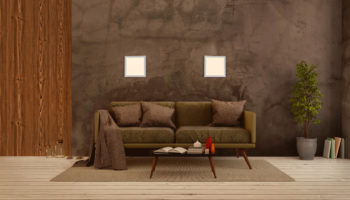
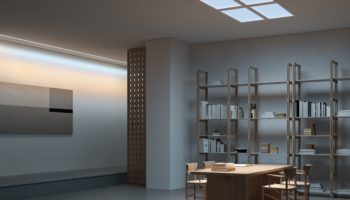

Leave a Reply